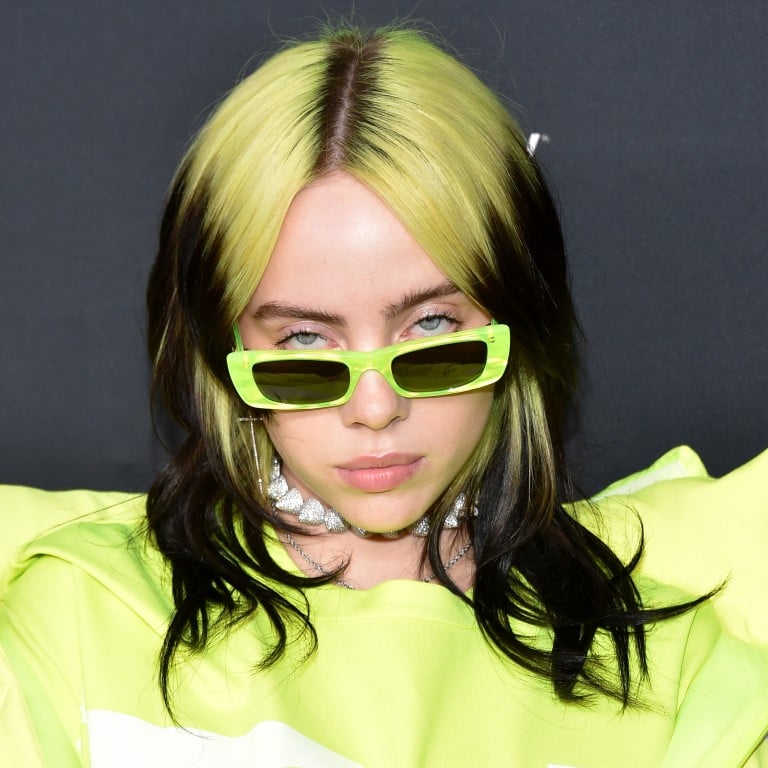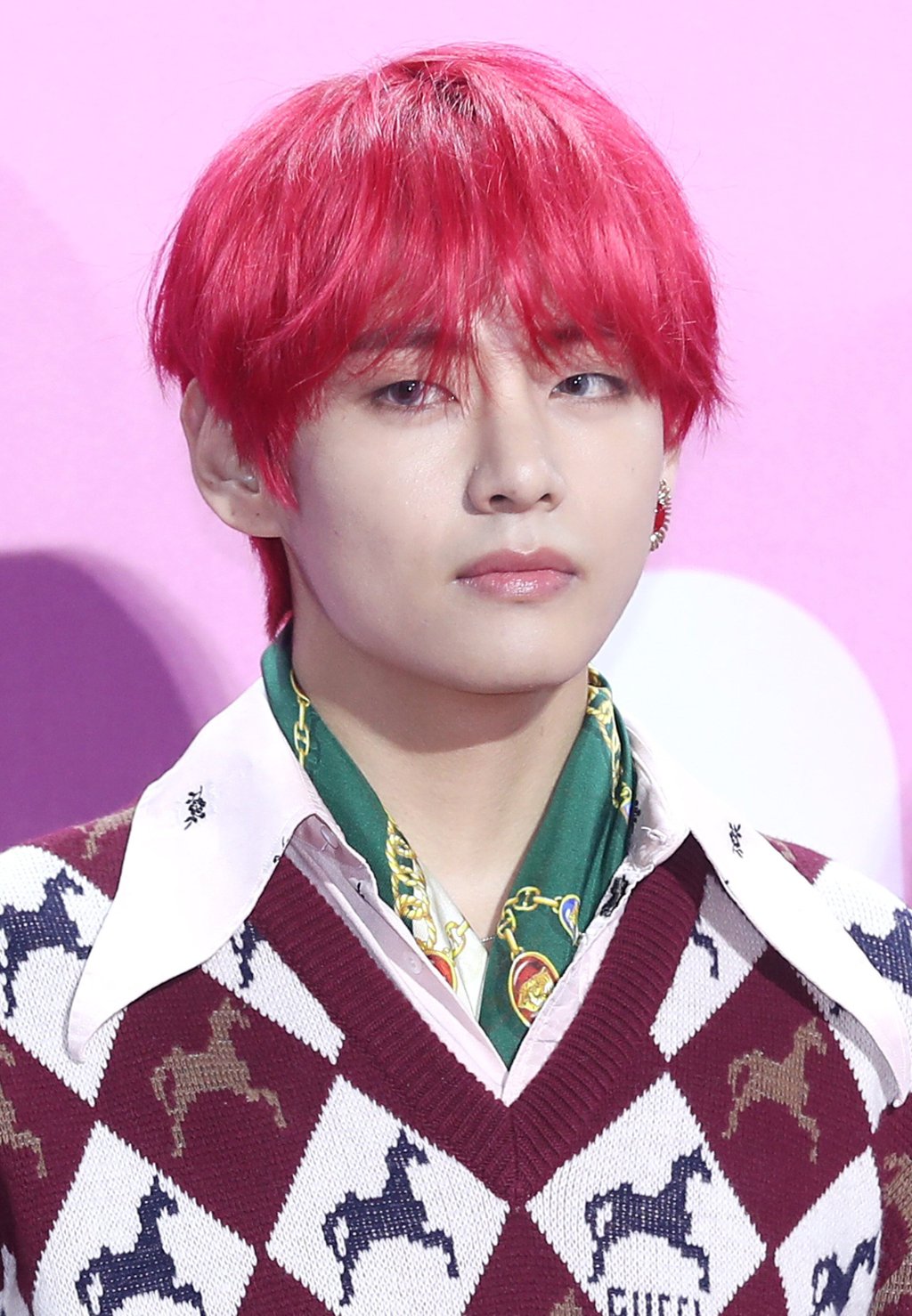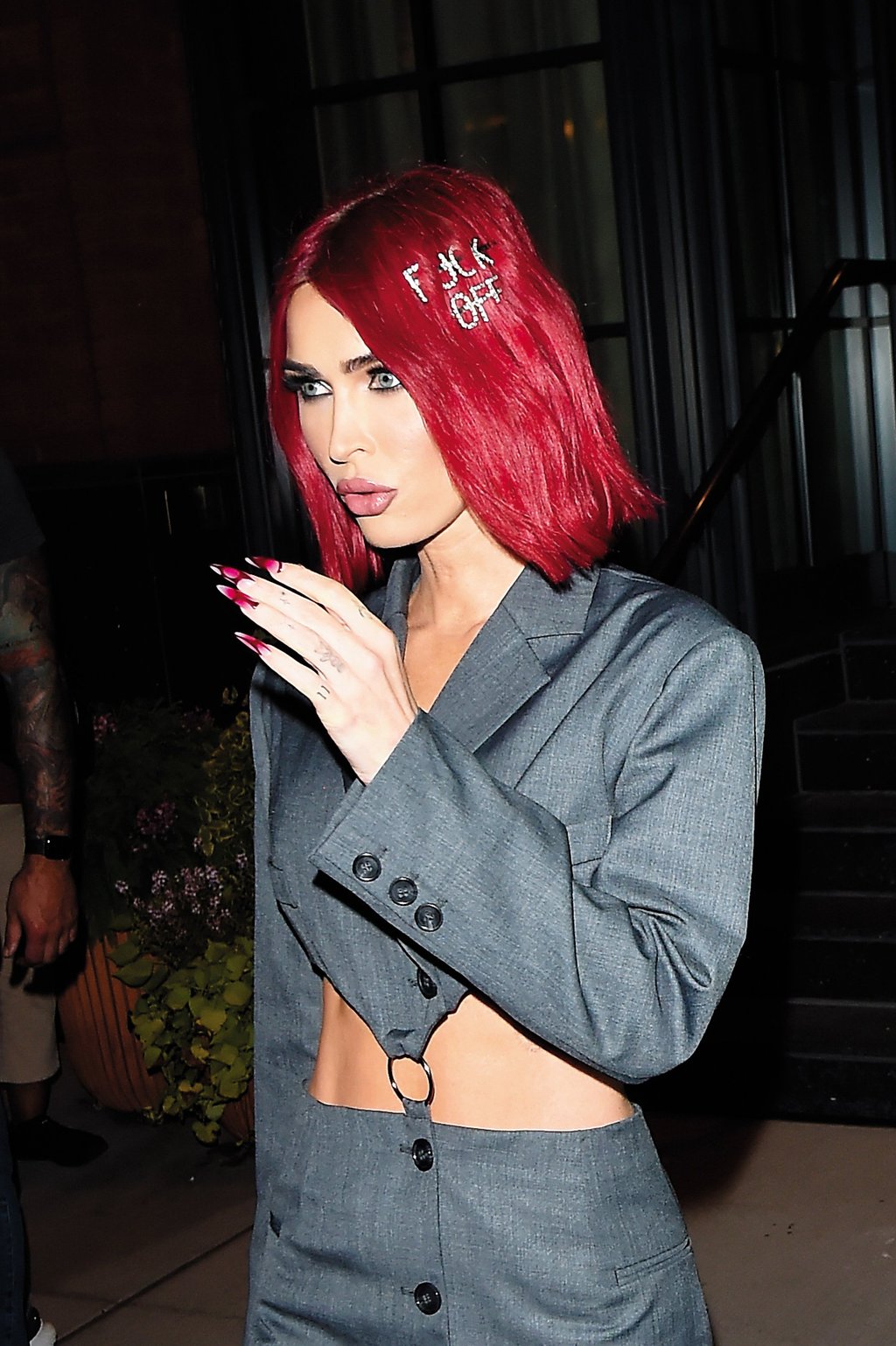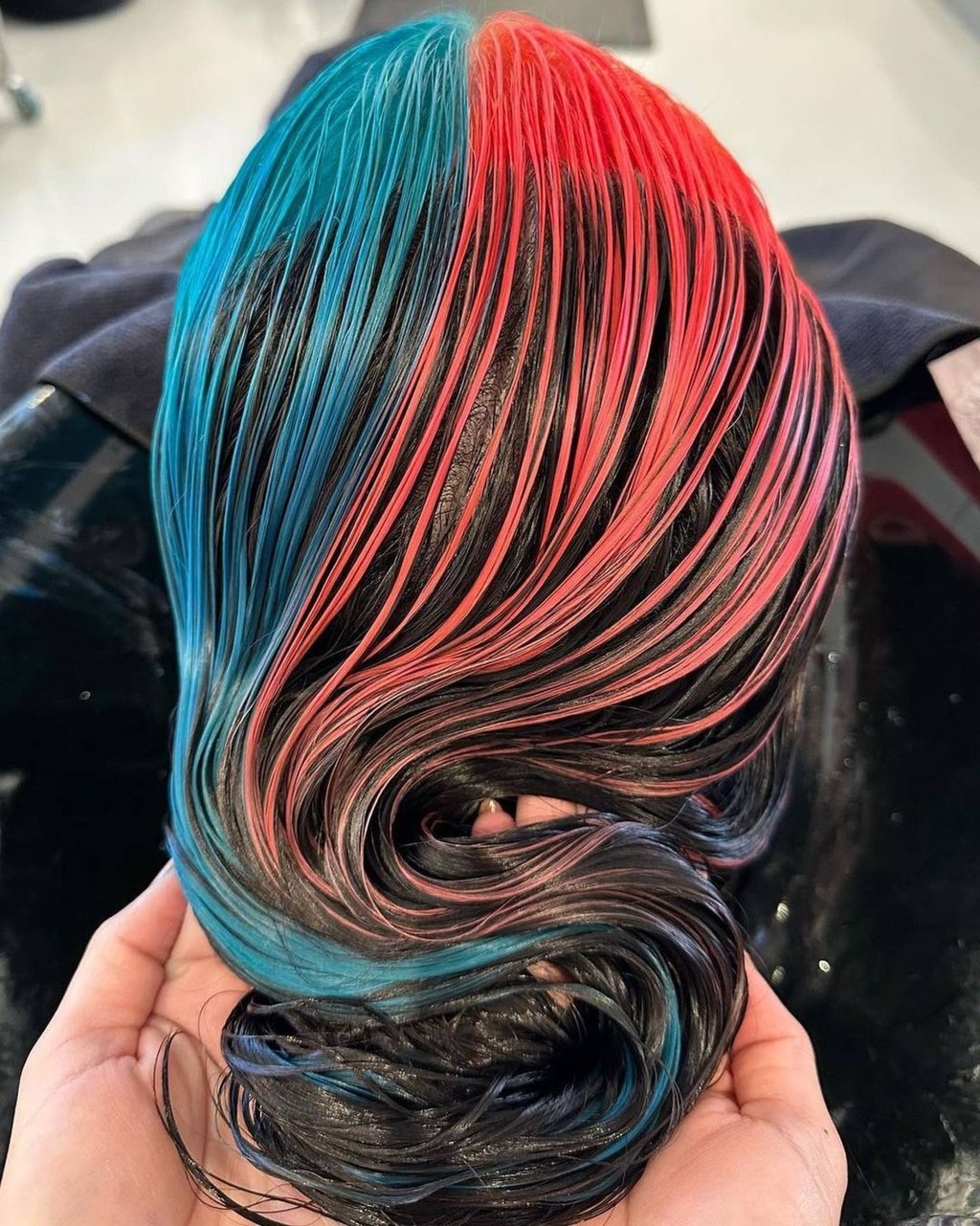Emulate hair dye icons Billie Eilish, Megan Fox and BTS’ V: today’s Hollywood and K-pop stars are taking cues from David Bowie and Marilyn Monroe, and making their (un)true colours work for them

- Vividly coiffed icons like Billie Eilish, BTS’ V and Itzy’s Ryujin make colour cool but remember that it can come at a cost to your hair – make considered decisions and look after your locks
- Our tips? Choose quality haircare products, beware of making emotional decisions, note that reds are hardest to maintain and aim for colours that blend into your natural regrowth
Hair dyes have come a long way in the past half-century. From the iconic platinum blonde of legends like Jean Harlow in the 1930s and Marilyn Monroe in the 1950s, to the wave of celebrity-led ads in the 70s and 80s that made box hair dye a household norm, the early era saw generations of people experimenting with impulsive hair transformations. Pharmacy aisles became the mother lode of hair-colouring products, with scores of choices for those seeking a subtle colour change or something bolder to emulate favourite musicians such as David Bowie and Cyndi Lauper.

However, before taking the plunge with a new hue, a little forethought is in order. “Lifestyle and maintenance should be the main considerations when it comes to choosing the right colour service,” says Joanna Gonzalez, senior colour specialist at Butterfly Studio Salon in New York. “For example, how much upkeep is a client willing to do for their colour? Do they plan on growing this colour out, or will they be changing it regularly?” You should consider your hair history with chemicals and box dyes, she says, before choosing to add another stressor, such as bleach.

The final decision often comes down to three key factors: choosing the right shade, being aware of your hair type and using the appropriate type of dye. There are three primary dye categories: permanent, semi-permanent and demi-permanent, each with its own advantages and considerations.
Permanent dyes chemically alter the natural pigments within the hair shaft, offering the possibility of dramatic, long-lasting colour changes. Semi-permanent dyes last for a few weeks, gradually fading with each wash. They are less damaging to your hair and so ideal for those wishing to experiment with new colours without a significant long-term commitment. In between those two categories are demi-permanent dyes, which provide a longer-lasting colour – typically remaining vibrant for four to six weeks – while allowing greater flexibility for future changes.

Happily, Los Angeles-based expert colourist and stylist Jes Jewel says today there are many ways to protect and nourish your hair to minimise the damaging side effects of dyeing. “Ingredient decks and hair products have come so far in efficacy and understanding the current nuanced hair needs of today,” she explains, highlighting heat protectants and repairing treatments as must-haves. Some of her go-tos are Amika’s Blockade Heat Defense Serum “to preserve colour and protect from heat damage” and the same brand’s The Kure Intense Bond Repair Mask, “which repairs damage that is inevitable during the hair colouring process as well as addressing moisture”.
Jessica Mercado, colourist and balayage specialist, also at Butterfly in New York, stresses the importance of high-quality colour-safe products. “At-home hair care is essential in order to keep the hair healthy and strong before and after any colour service,” she says. Additionally, measures like choosing hair dyes with conditioning agents, limiting heat styling, always using thermal heat protectants, and moisturising shampoos and conditioners can help keep damage to a minimum.